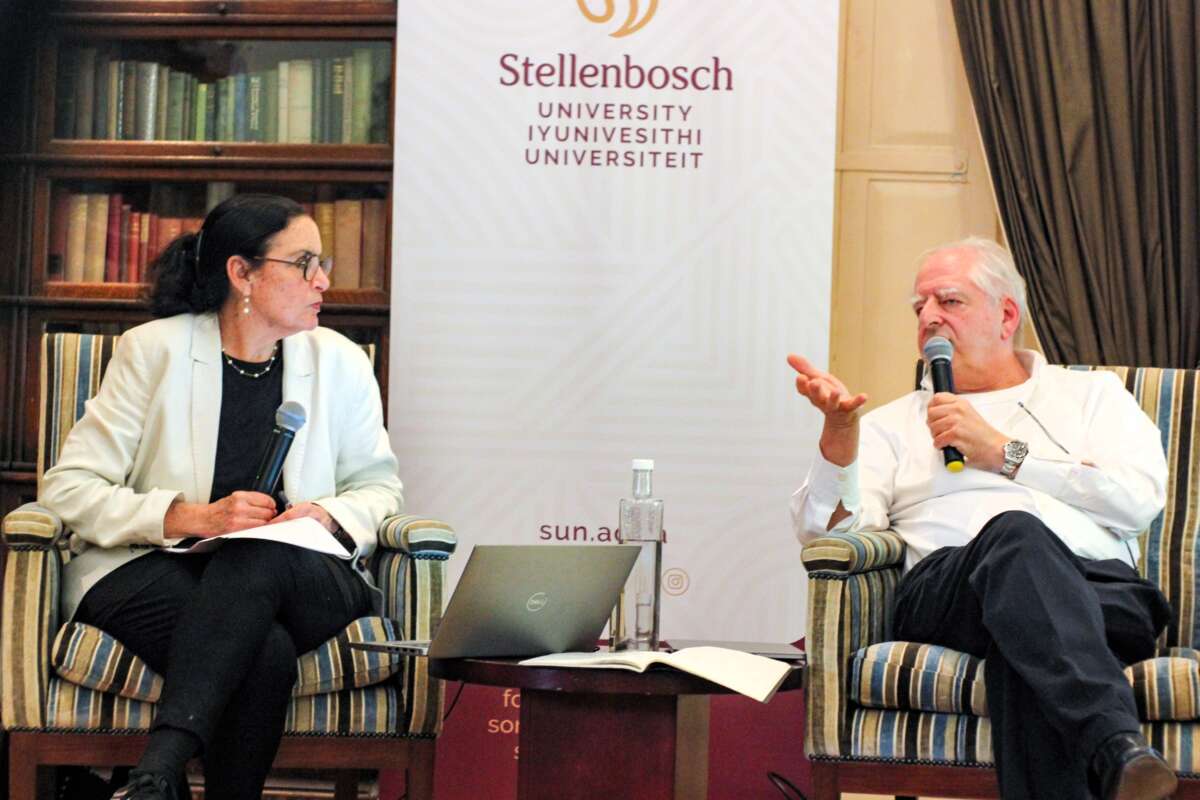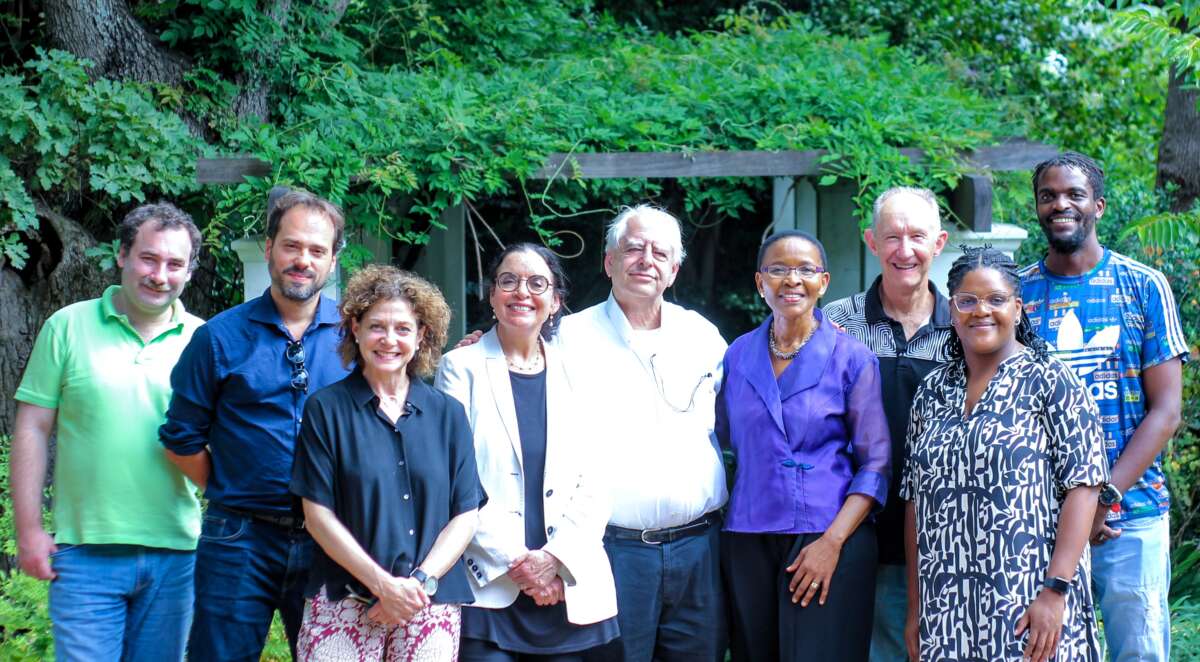Soviet and Apartheid-era Cultures in the ‘moving’ art of William Kentridge: The Politics of Aesthetics: The Aesthetics of Politics – Tamar Garb in Conversation with William Kentridge
In a remarkable confluence of intellectual brilliance and artistic insight, the AVReQ’s Aesthetics of Cruelty Colloquium recently hosted a thought-provoking conversation between renowned artist William Kentridge and distinguished scholar Prof Tamar Garb. This enlightening discussion unfolded as a pivotal part of the colloquium’s exploration into “Art, Aesthetics, and the Comparative Histories of Gulag and Apartheid.”
Taking place at the prestigious Stellenbosch Institute for Advanced Study (STIAS), the event ventured deep into the aesthetics of dissent, examining the profound impact of political landscapes on artistic expression. Kentridge, a luminary in the art world, and Prof Tamar Garb, an esteemed academic in the History of Art at University College London, engaged in a dialogue that transcended boundaries and offered unique insights into the complexities of their respective fields.
Kentridge, whose artistic oeuvre spans history, literature, politics, and science, was at the epicenter of the discussion, drawing from his base in Johannesburg. The conversation specifically highlighted his engagement with Russian Constructivism, Suprematism, and dissident modernist aesthetics, interwoven with the works of Russian writers such as Gogol, composer Shostakovich, and filmmaker Vertov. This exploration provided a lens into the conditions of artistic creation during the Soviet era and Apartheid South Africa.
Prof Tamar Garb, known for her extensive work in gender studies and post-apartheid culture, added a nuanced layer to the conversation. Her insightful contributions expanded the discourse to encompass questions surrounding the role of the artist as a dissident, the encoding of dissent in artistic languages, and the affirmation of life in the face of duress and coercion.
The event brought together a diverse audience of academics, art enthusiasts, and the curious public. Attendees were treated to a rich tapestry of ideas, seamlessly woven by two intellectual powerhouses, against the backdrop of the beautiful Stellenbosch landscape.
As an integral part of AVReQ’s Aesthetics of Cruelty Colloquium, this conversation between Kentridge and Garb illuminated the comparative histories of Gulag and Apartheid, offering profound insights into the aesthetic dimensions of dissent under oppressive regimes. The dialogue underscored the enduring relevance of art as a medium for resistance, affirmation, and reflection on the complexities of the human condition. In retrospect, the William Kentridge and Prof Tamar Garb conversation stands as a testament to the power of interdisciplinary discourse, shedding light on the intersection of art, aesthetics, and the comparative histories of two distinct yet interconnected periods of political turbulence. AVReQ’s Aesthetics of Cruelty Colloquium continues to be a beacon of intellectual exploration, fostering dialogues that transcend temporal and geographical boundaries.




